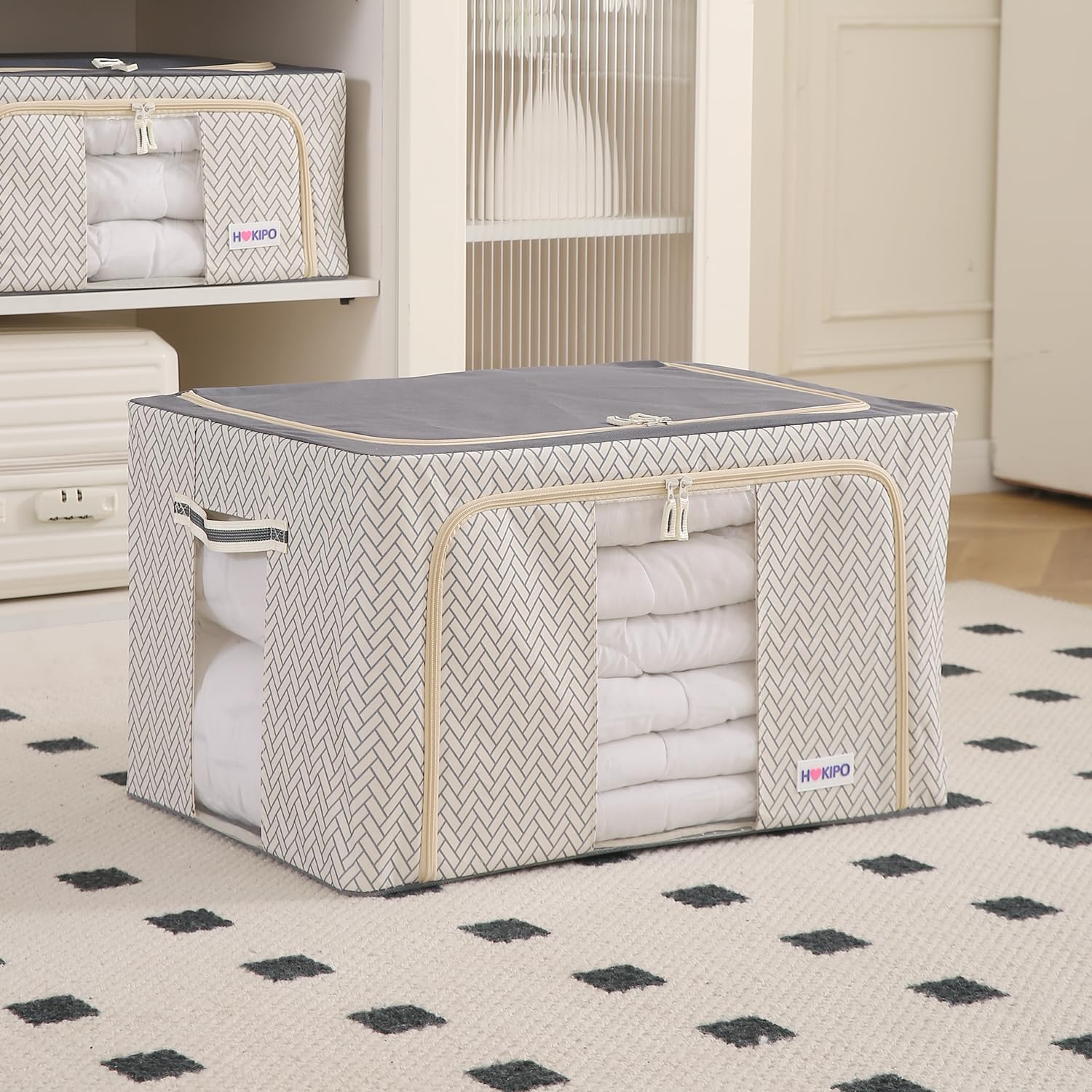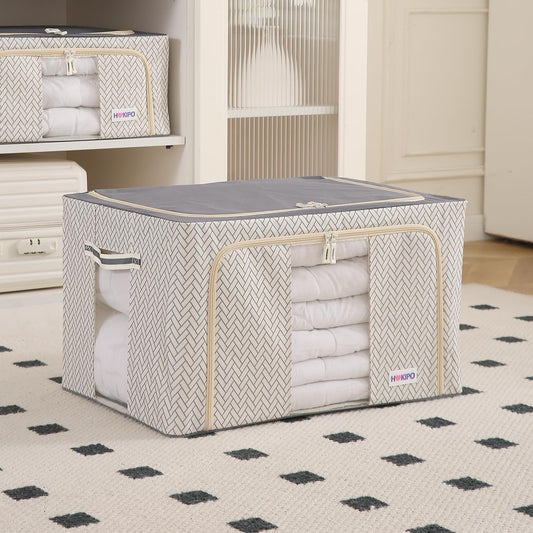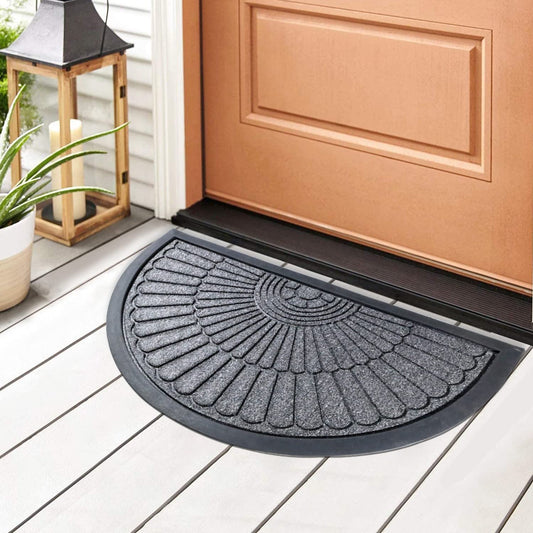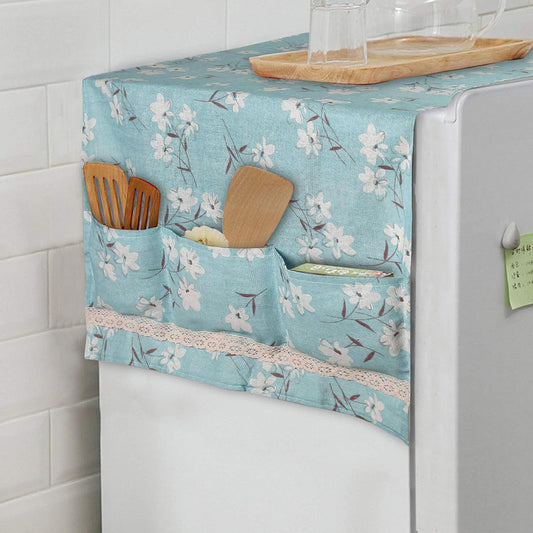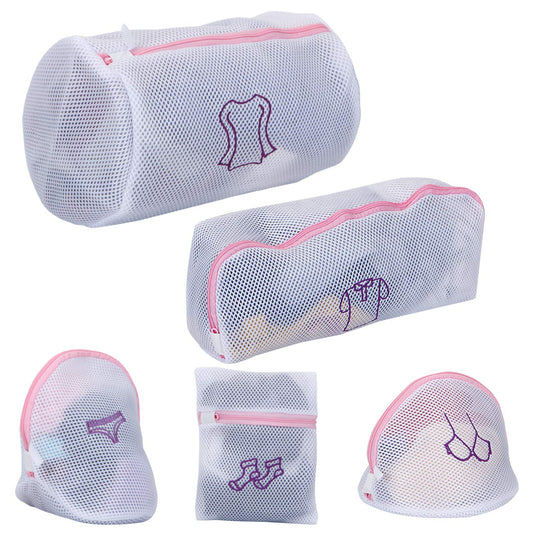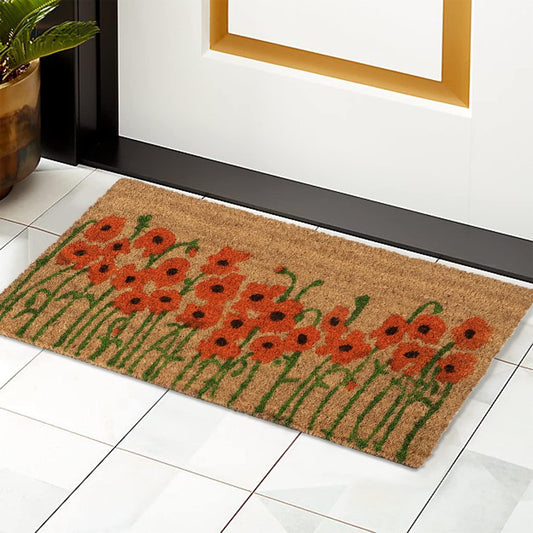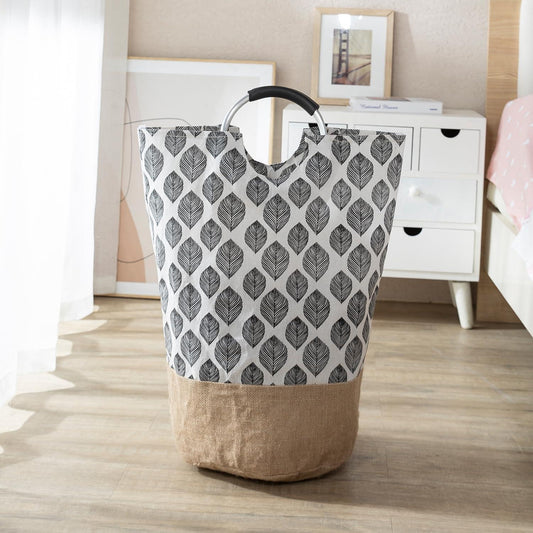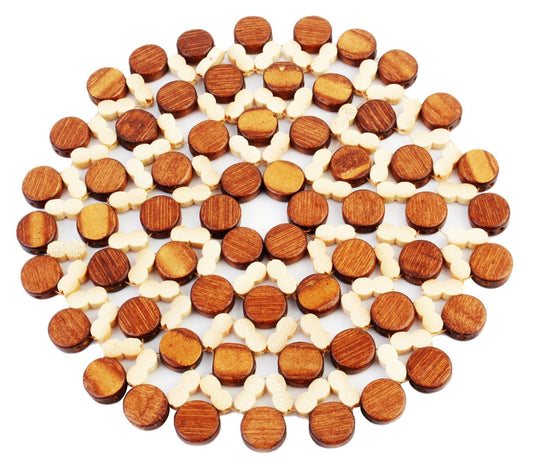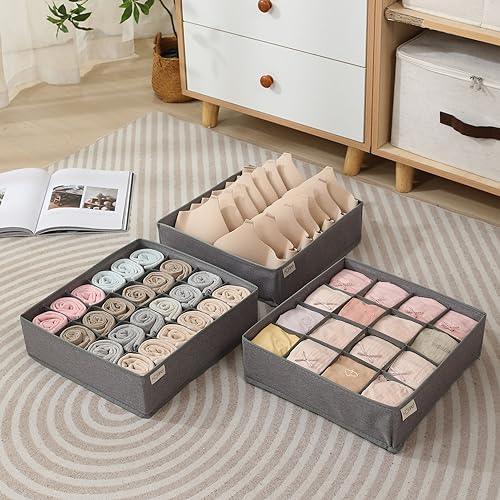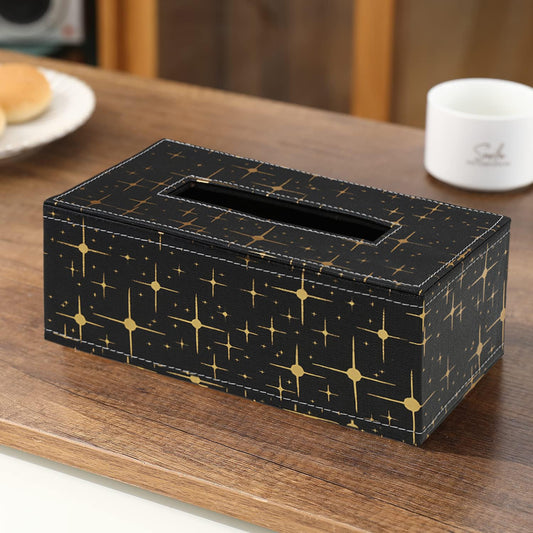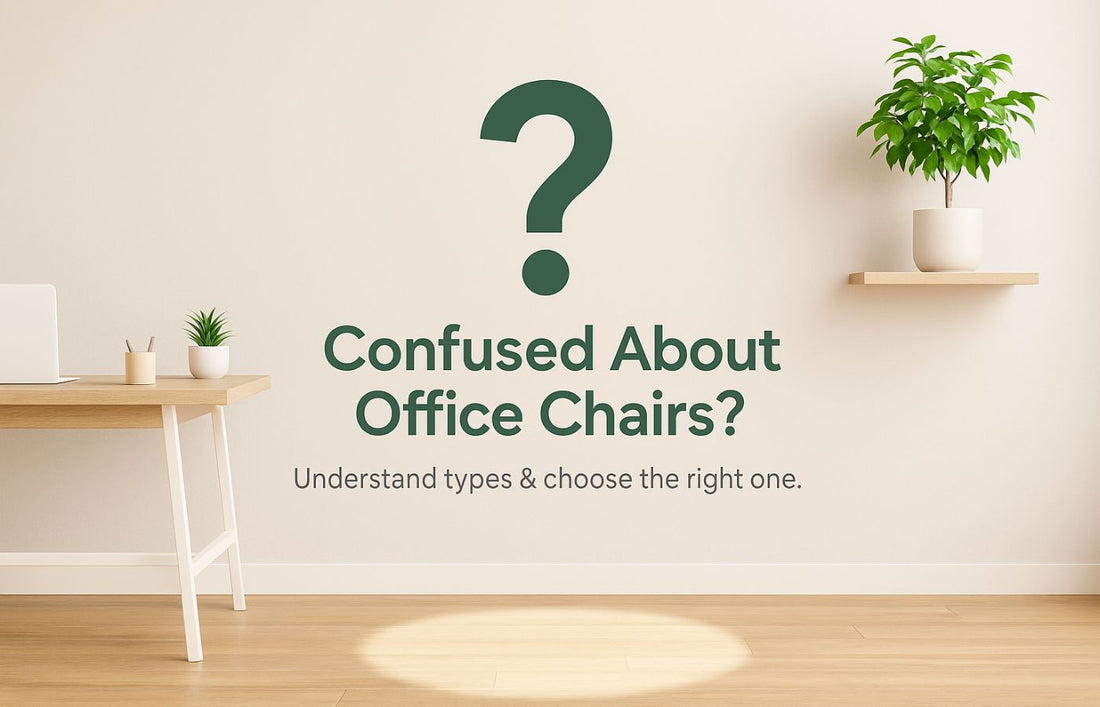
Types of Office Chairs and How to Choose the Right One for Your Workspace
The humble swivel chair that we see at almost every office can rightly be called as a key part of workplace comfort and productivity. Walk into any modern office and surely, you’ll find senior executives using a specific type of office chair while mid-level ones are given another type. Then we have those junior executives of those working on computers using third type.
As a matter of fact, you might also be using one such office chair at the workplace but not knowing their history, significance or even the reasons why the organisation has given you of a specific type but not the other.
Or, if you’re planning to buy an office chair, how would you choose the right one for your workspace?
Therefore, let’s understand the three main types of office chairs that are very common in India as well as the world nowadays. It could even enable you to make the best selection while buying an office chair for your workspace.
Let’s begin with reasons why workplaces need office chairs and not the other types.
Reasons to Use Office Chairs
These reasons might amaze or even surprise you, but organisations, small and large, aren’t merely giving office chairs because they match some designs or because they love you. Instead, they use office chairs, and you could buy one because of their inherent features.
Greater Productivity
Medical and psychological research clearly proves that employees perform well and have higher productivity when they’re comfortable at work. The simplest way to ensure employee comfort at all levels- from senior-most to junior executives- is by providing office chairs.
Compared to traditional metal or iron, plastic or even wooden chairs, an office chair fabricated with myriad synthetic materials offers greater comfort.
It allows ergonomic seating, which means they align with your body, and hence reduce discomfort that generally arises from long hours at workstations or desks.
The curves and bulges enable comfortable sitting postures, which translates as greater comfort that further translates as enhanced productivity. An office chair is carefully designed and crafted for superior comfort, as you might have experienced while using one of these types.
Mobility & Flexibility
Office chairs offer a very high level of mobility and flexibility at workplaces. They’re based on wheels and hence allow you ease of movement without the need to stand.
The casters and swivel bases allow you to turn around during meetings, group discussions, or even chatting with colleagues or coworkers. Unlike traditional chairs, you don’t have to reposition an office chair for meetings, discussions or any reason.
An office chair also comes with levers that enable you to adjust the height. This feature is vital since not all employees are of the same height or weight.
Hence, they can adjust the lever or gear and move the seat up or down or adjust to a position that allows comfortable seating and access to the desktop, without straining. In stark contrast, a wooden or plastic or even metal chair doesn’t afford any such adjustments.
Office Aesthetics & Psychology
Every organisation on this planet looks for revenue. This is also true for charities that thrive on donations for their causes. The best way to ensure profits and appeal to the psychology of suppliers, customers, stakeholders and employees alike is by using modern furniture.
This means having office chairs instead of traditional ones. Furthermore, the ability to move office chairs on casters makes it easier to clean the floor, giving the office a neater look.
The office welcomes a lot of visitors. Hence, neat office chairs with employees busy working play on human psychology. The scene subtly speaks of professionalism and productivity.
This boosts confidence among all stakeholders and employees. Imagine yourself: what’s the impression you would gather if you entered an office and found employees working on heavy wooden chairs or plastic chairs instead of office chairs?
Quick Décor
All office chairs can be fitted with amazing office chair covers. This means the organisation or you can create a special ambience at the office for various occasions or festivals.
Chair covers are inexpensive and crafted to fit all four types of office chairs that I will describe now. Other than mere décor, these office chair covers also protect the original upholstery against damage from spills and stains, scratches and tears.
Should an employee at any level leave your organisation, there’s no need to replace the old chair to welcome the incumbent. Instead, a simple dressing with an office chair cover can meet the purpose well and create a welcoming ambience. An office chair can also be personalised as your own throne at the workplace or a private area, where possible.
These are some of the benefits of office chairs and explain reasons for organisations to use them at all sorts of workplaces, from the security cabin to that of the seniormost executive, or even chairperson or founder.
Types of Office Chairs
Having said that, let’s understand the three main types of office chairs prevalent in the Indian corporate world. These office chairs are priced upwards of Rs. 3,000 and hence, employers go to great lengths for their maintenance.
Here are the three most common types of office chairs found in India, both online and offline.
1. Task Chair

The task chair is the most common in every office. The backrest of such office chairs defines their classification as a task chair. In general, a task chair will have a backrest without a cushion. Instead, there will be netting or simple material such as fibreglass or epoxy.
The backrest isn’t designed to rest your entire spine. Instead, it will cover only about half your back and spine, depending on your biological height. A task chair is designed for greater mobility and flexibility.
That means it can be rotated easily, has adjustable height and inclination. A task chair, though reasonably priced, is primarily designed for rougher use. Hence, it’s made of sturdy and durable materials including plastic, fibreglass, metal and epoxy.
The history of a task chair dates back to the mid-1800s when industries and companies began hiring a large number of clerks. These predecessors of modern-day task chairs were designed to prevent fatigue due to long hours at the desk.
The earliest version of today’s task chair was the Centripetal Spring Armchair, invented in 1849 in the US by Thomas E. Warren. It was designed for ticketing and freight clerks at train stations as well as engineers piloting old-fashioned locomotives.
These engineers or loco drivers needed rest from long hours at the helm of the engine. It featured a swivel base and spring suspension—an ancestor of today’s task chair.
Interestingly, Charles Darwin, the father of the Theory of Evolution, was an ardent user of the ancient task chair. He modified it in 1851 and added wheels to his study chair. This allowed him to glide between countless specimens. This simple tweak introduced mobility to seating and laid the groundwork for the modern task chairs.
You can choose this office chair if it match the purpose I’ve described above. Generally, each one would cost upwards of Rs. 3,000. You can get polyester-Spandex blend stretchable office chair cover to create a more comfortable feel for your employees to boost productivity.
2. Long Back Office Chair

You can indeed call the long-back, office chairs as the grandpa of all modern ones. It was invented as early as 1505 by Martin Löffelholz von Kolberg in Germany. He sketched a chair with a central pivot and adjustable height and had one created for his home.
At modern day offices, an office chair with the long backrest is usually used by senior to mid-level executives. These chairs are bulkier and also feature a broader seat for extra sitting comfort. You can find these chairs in private cabins and boardrooms. The long-backrest type office chair is crafted to create an aura and ambience of seniority and authority at workplaces where its placed.
One of the first users of the long backrest type office chairs was none other than Thomas Jefferson, the third president of the US and principal author of the US Declaration of Independence, which was adopted by the US on July 4, 1776. Incidentally, Thomas Jefferson added a spindle to the long-back type office chair, allowing it to rotate, like today’s office chairs.
This legendary American leader is also credited with adding a paddle and bamboo legs to his modified chair, and making it into the version that’s commonly used for senior executives in our times. And that’s not all, Thomas Jefferson also authored the US Declaration of Independence, sitting on the first ever version of today’s modern long-back swivel office chair.
Nowadays, a good, long-back type office chair can cost Rs.7,000 and more. You can fit super office chair covers such as those made with Jacquard-Spandex blended fabric for extra comfort and richer ambience.
3. Office Chair with Headrest

The headrest on these types of office chairs serves like a crown of sorts. Generally, these office chairs have a longer backrest topped with a spacious headrest.
At most workplaces, these are exclusively retained for topmost persons of the organisation such as founders, chairpersons or CEOs- someone who’s a decision maker and commands complete authority there.
You can also come across office chairs with long backrests and headrests at boardrooms and conference rooms where top brass meet to discuss strategies and other complex issues. The headrest is a subtle reminder of the position of such officials and serves as a sort of pinnacle.
Office chairs with long backrests and headrests began appearing worldwide during the 1970s, with their first recorded use being in the US, at select organisations where computers were introduced.
During early days, these headrests were considered a luxury, and hence introduced on top executive chairs instead of standard office models.
However, as the use of computers and longer work hours among decision makers emerged, there was an increased awareness of neck strain and posture-related injuries. More so because most top brass were in their late 40s or early 50s in age and hence, more prone to neck strain, spinal ache and related issues.
The burgeoning rise of computer-based work made headrests more mainstream. Today, they’re often found in high-back ergonomic chairs, designed to support the cervical spine and reduce tension during prolonged sitting. Hence, these chairs are usually reserved for top-level executives who spend long hours seated and need extra neck and back support. These office chairs serve as a status symbol of sorts at some offices.
Broadly speaking, office chairs with headrests can cost Rs. 8,000 and upwards because they’re crafted for providing much higher comfort levels than task chairs and long backrest executive chairs.
They’re sturdy but can prove hard to move around because of their bulky size and weight. You can get superb office chair covers with headrests for these types, too.
4. Cushioned Boss Chair

Cushioned boss chairs are the most luxurious type of office chair, designed for top executives or those who prefer maximum comfort. These chairs are padded with thick cushions on the seat, backrest, and armrests. Many of them come with leather or leatherette material for a premium look.
These chairs are wide, heavy, and not meant to move around much. You will mostly find them in director cabins, home offices, or places where comfort is the top priority.
Cushioned boss chairs support long hours of sitting without strain. Because of their build, you will need a special size of stretchable chair cover – usually Size M or L – that fits over the bulky seat and backrest properly.
They usually cost ₹10,000 or more and are often seen as a status symbol in office setups.
In Conclusion
Before concluding, I will add that there are also task chairs with headrests. However, these aren’t so commonly used as the ones without headrests for the simple reason that junior-level staff often leave their workplaces, are younger and hence, less prone to neck strains and spinal discomfort or backaches.
However, you can also find excellent office chair covers for these versions of task chairs, too. Now that you’re aware of the functions and significance of each type of office chair, you might be able to make a conscious and informed decision on which one is right for your workplace.
